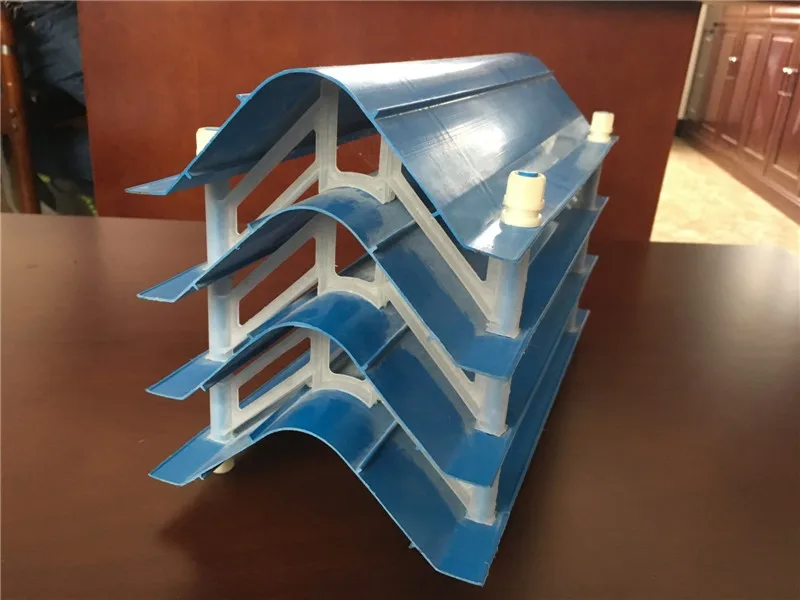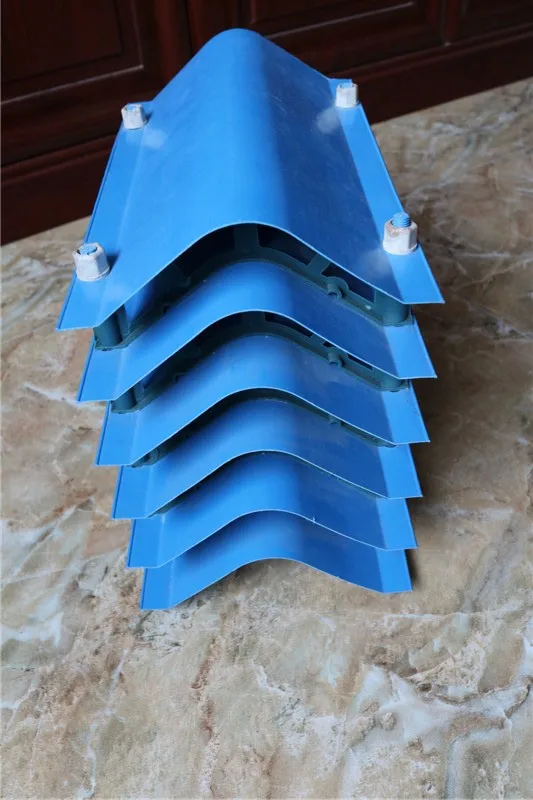
If the formation pressure is much greater than the hydrostatic pressure, a large negative differential pressure exists. Pressure differential is the difference between the formation fluid pressure and the mud hydrostatic pressure. For example, sandstone is considered to have greater kick potential than shale because sandstone, in general, has greater permeability and greater porosity than shale.Īnd yet another factor affecting kick severity is the "pressure differential" involved. A rock with high permeability and high porosity has greater potential for a severe kick than a rock with low permeability and low porosity. Another factor affecting kick severity is "porosity." Porosity measures the amount of space in the rock containing fluids. One factor, for example, is the "permeability" of rock, which is its ability to allow fluid to move through the rock. Several factors affect the severity of a kick. An uncontrolled kick that increases in severity may result in what is known as a "blowout." If the flow is successfully controlled, the kick is considered to have been killed.

When this occurs, the greater formation pressure has a tendency to force formation fluids into the wellbore. One of the most pervasive problems with well control is the "kick."Ī kick is a well control problem in which the pressure found within the drilled rock is higher than the mud hydrostatic pressure acting on the borehole or rock face. Other drilling problems will be presented as they relate to aspects of well control. The drilling problem specifically examined in this chapter is well control. Among these are lost circulation, stuck pipe, deviation control, and well control. Various drilling problems confront operators daily. 11 Nonconventional Well-Control Procedures.10 Implementation of the One-Circulation Method.4.3 Constant-Bottomhole-Pressure Concept.4 Obtaining and Interpreting Shut-In Pressures.3.2 Crewmember Responsibilities for Shut-In Procedures.2 Kick Detection and Monitoring With MWD Tools.1.3 Other Factors Affecting Well Control.Unusual problems occurring during kick killing are discussed in other referenced sources. These and other well-control details are presented in detail throughout this chapter. You may not have another opportunity to do it correctly. Act cautiously to avoid mistakes-take your time to get it right the first time.

Many small kicks turn into big blowouts because of improper handling. Kicks occur as frequently while drilling as they do while tripping out of the hole.


 0 kommentar(er)
0 kommentar(er)
